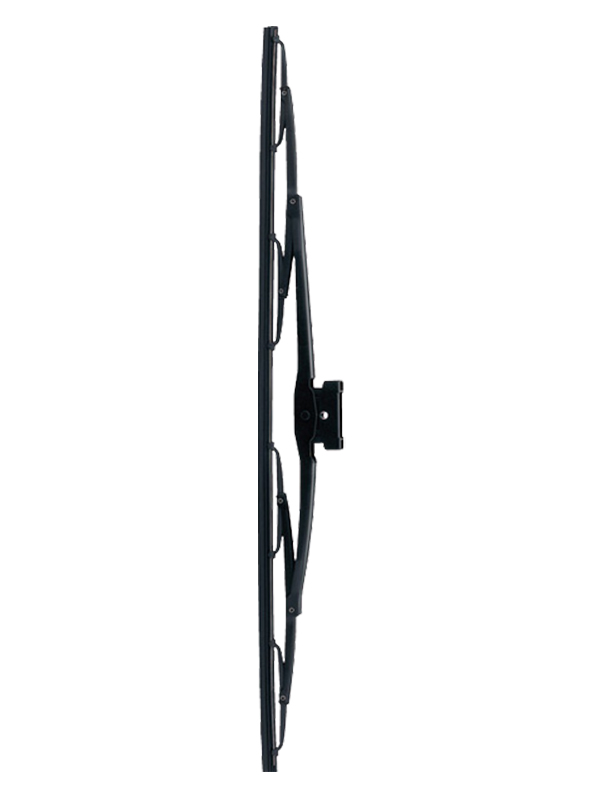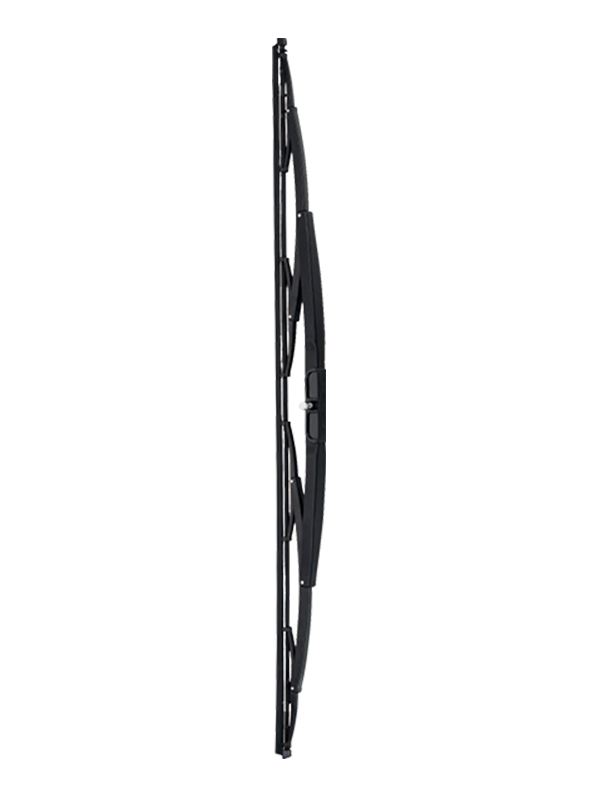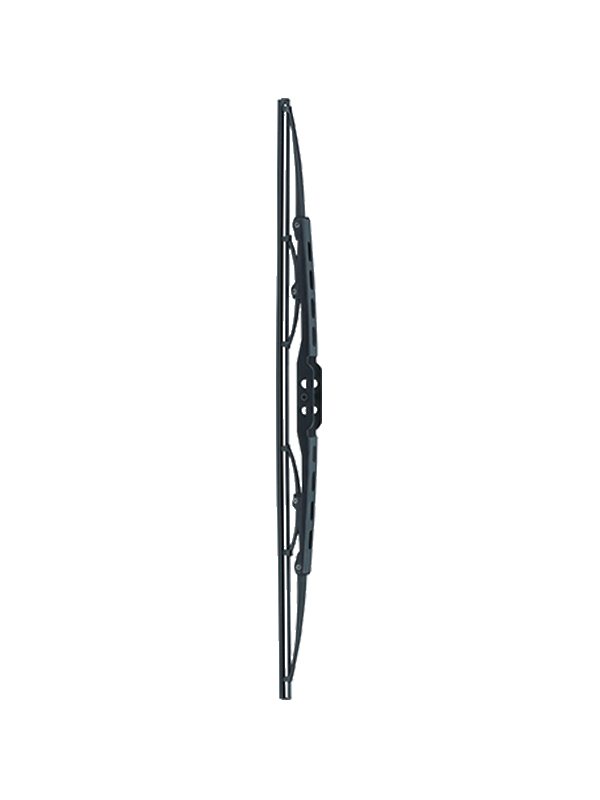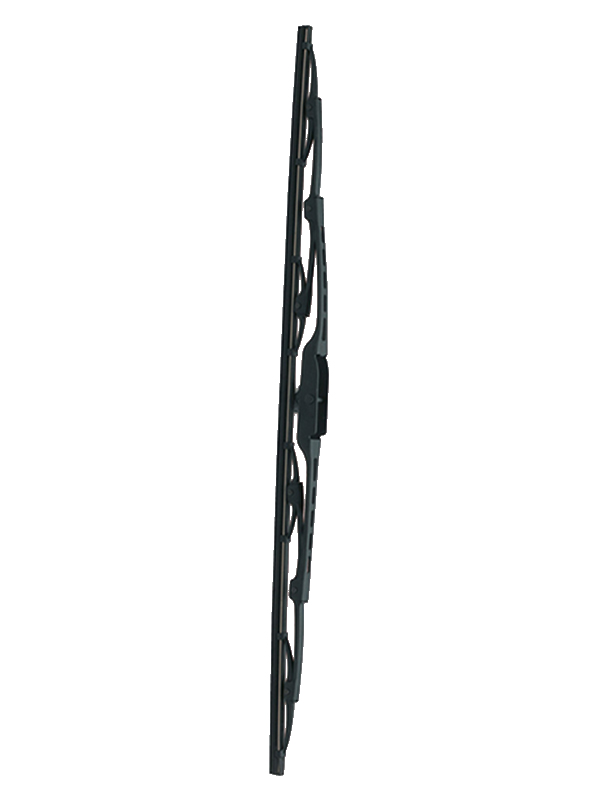Submit feedback
Flat Wiper Lifespan: How to Improve Its Performance and Durability?

Introduction
In the automotive industry, windshield wipers play a critical role in ensuring driving safety. Among the various types, flat wipers have gained significant attention due to their sleek design, enhanced contact with the windshield, and reduced wind lift at high speeds. Despite their advantages, flat wipers are often subject to wear and degradation, which can compromise performance. Understanding the factors affecting flat wiper lifespan and implementing proper maintenance practices is essential for their durability.
The Evolution of Flat Wiper Technology
Flat wipers, also known as beam blade wipers, differ from conventional bracket-type wipers in their structure and materials. Traditional wipers use multiple metal brackets to hold the rubber blade, while flat wipers utilize a single, integrated beam with a flexible tensioned core. This design ensures uniform pressure distribution along the windshield, resulting in cleaner wiping and improved visibility.
Key advantages of flat wipers include:
| Feature | Benefit |
|---|---|
| Aerodynamic design | Reduced wind lift at high speeds |
| Even pressure distribution | Consistent wiping across the windshield |
| Minimal contact points | Reduced streaking and smearing |
| Lightweight construction | Lower mechanical stress on wiper arms |
The evolution of flat wiper technology has been driven by flat wiper manufacturers focusing on material innovation, precision engineering, and testing under environmental conditions. High-quality rubbers and corrosion-resistant components ensure that flat wipers maintain performance for extended periods.
Factors Affecting Flat Wiper Lifespan
The lifespan of a flat wiper depends on multiple factors, including material quality, environmental conditions, and maintenance practices. Understanding these factors allows drivers and fleet operators to maximize the durability of their wipers.
Material Composition
Flat wipers are typically constructed using synthetic rubbers, silicone, or hybrid compounds. Each material has unique characteristics:
| Material | Advantages | Durability Considerations |
|---|---|---|
| Natural rubber | Soft, effective wiping in normal conditions | Prone to cracking in UV and cold |
| Silicone | Resistant to heat and UV, smooth operation | Slightly higher cost, may collect dust |
| Hybrid compounds | Balanced performance | Requires high-quality manufacturing to ensure longevity |
The choice of material is a primary factor influencing flat wiper lifespan. Flat wiper manufacturers often innovate by incorporating additives to improve resistance to ozone, UV radiation, and temperature fluctuations.
Environmental Exposure
Flat wipers are exposed to rain, snow, dirt, and sunlight. Environmental stress accelerates wear and tear, resulting in streaks, vibrations, and rubber aging. High humidity and road salt also contribute to metal corrosion, even in wipers designed with protective coatings.
Frequency of Use
The more frequently flat wipers are used, the faster they wear. Daily use in urban environments with heavy rainfall or in areas with high dust concentration requires more frequent inspection and replacement.
Installation and Compatibility
Incorrect installation can reduce a flat wiper’s lifespan. Ensuring the wiper arm is compatible and correctly aligned with the windshield curvature is crucial. Improper tension can cause uneven pressure distribution, reducing wiping efficiency.
Maintenance Tips to Improve Performance
Proper maintenance significantly impacts flat wiper durability. Regular inspections and preventive care extend service life and maintain performance.
Cleaning the Wiper Blade and Windshield
Debris accumulation on the blade or windshield can accelerate wear. It is recommended to clean both the windshield and the wiper blade using a soft cloth and appropriate cleaner. Avoid harsh chemicals that degrade rubber compounds.
Avoiding Prolonged Sun Exposure
Prolonged exposure to UV radiation accelerates rubber degradation. Parking in shaded areas or using windshield covers can protect flat wipers from premature aging.
Regular Inspection and Replacement
Visual inspection every few months helps identify cracks, splits, or uneven wear. Even minor damage can compromise wiping efficiency. Flat wipers typically last between 12 to 24 months depending on usage and conditions, but proactive replacement ensures consistent visibility.
Use of Windshield Washer Fluids
Using quality windshield washer fluids helps reduce friction and keeps blades lubricated. This prevents premature tearing of the rubber edge and ensures smooth wiping motion.
Innovations from Flat Wiper Manufacturers
Flat wiper manufacturers continually develop new materials and designs to enhance performance and durability. Some innovations include:
Advanced rubber compounds: Blends resistant to UV, ozone, and temperatures.
Hybrid blade structures: Combining the flexibility of silicone with the resilience of synthetic rubber.
Precision-engineered tensioning systems: Ensure uniform contact pressure across the windshield.
Aerodynamic enhancements: Minimize vibration and noise at high speeds.
These innovations directly contribute to longer service life, more effective wiping, and higher driver satisfaction.
Practical Comparison: Flat Wiper vs Conventional Wipers
While this article emphasizes flat wipers, understanding their performance relative to conventional wipers provides context.
| Aspect | Flat Wiper | Conventional Wiper |
|---|---|---|
| Design | Single integrated beam | Multiple metal brackets |
| Pressure distribution | Uniform along entire blade | Uneven, dependent on bracket placement |
| Noise | Low, smooth operation | Higher due to chattering |
| Wind resistance | Minimal lift | Can lift at high speeds |
| Lifespan | 12–24 months (varies by quality) | 6–12 months |
The comparison highlights why flat wipers are increasingly favored for modern vehicles, particularly in markets emphasizing durability and high performance.
Flat Wiper Lifespan Optimization Strategies
Maximizing flat wiper lifespan requires a combination of high-quality products, proper installation, and regular maintenance. Recommended strategies include:
Selecting reputable flat wiper manufacturers with proven materials and testing standards.
Regularly cleaning wiper blades and windshield to remove debris.
Inspecting blades for wear and damage every 3–6 months.
Replacing wipers proactively before visible deterioration occurs.
Minimizing exposure to weather conditions, such as high UV or freezing temperatures.
Using proper windshield washer fluids to reduce friction and protect rubber edges.
Following these strategies can extend flat wiper service life beyond typical industry averages, ensuring consistent visibility and driver safety.
Cost Efficiency and Environmental Considerations
Longer-lasting flat wipers not only enhance safety but also reduce waste and replacement costs. Choosing high-quality blades may involve a higher upfront investment, but extended service life offsets frequent replacement needs. In addition, the advanced materials used by flat wiper manufacturers are generally more environmentally resistant, thereby reducing the frequency of disposal and the associated environmental impact.
| Cost Factor | Short-term | Long-term |
|---|---|---|
| Low-cost conventional wipers | Low | Frequent replacement increases cost |
| High-quality flat wipers | Higher | Extended lifespan reduces total cost |
| Maintenance practices | Minimal effort | Preventive maintenance lowers long-term expense |
Investing in durable flat wipers and adhering to proper maintenance routines aligns with sustainability goals and cost-efficiency in automotive operations.
Conclusion
Flat wipers represent a significant advancement in windshield cleaning technology. Their design, materials, and aerodynamic advantages ensure improved visibility, driver safety, and reduced maintenance challenges compared to conventional wipers. However, their performance and lifespan are influenced by material quality, environmental exposure, usage frequency, and proper installation.
By understanding these factors and implementing proactive maintenance strategies, vehicle owners can maximize the durability and effectiveness of flat wipers. Collaborating with reliable flat wiper manufacturers ensures access to high-quality products that meet industry standards. Ultimately, extending the lifespan of flat wipers not only improves driving safety but also enhances cost-efficiency and environmental sustainability.
High-performing flat wipers are an investment in safety, comfort, and long-term value. By combining innovation from manufacturers, careful selection, and routine maintenance, drivers can enjoy clear visibility under all weather conditions while minimizing replacement costs.


 English
English  中文简体
中文简体 










